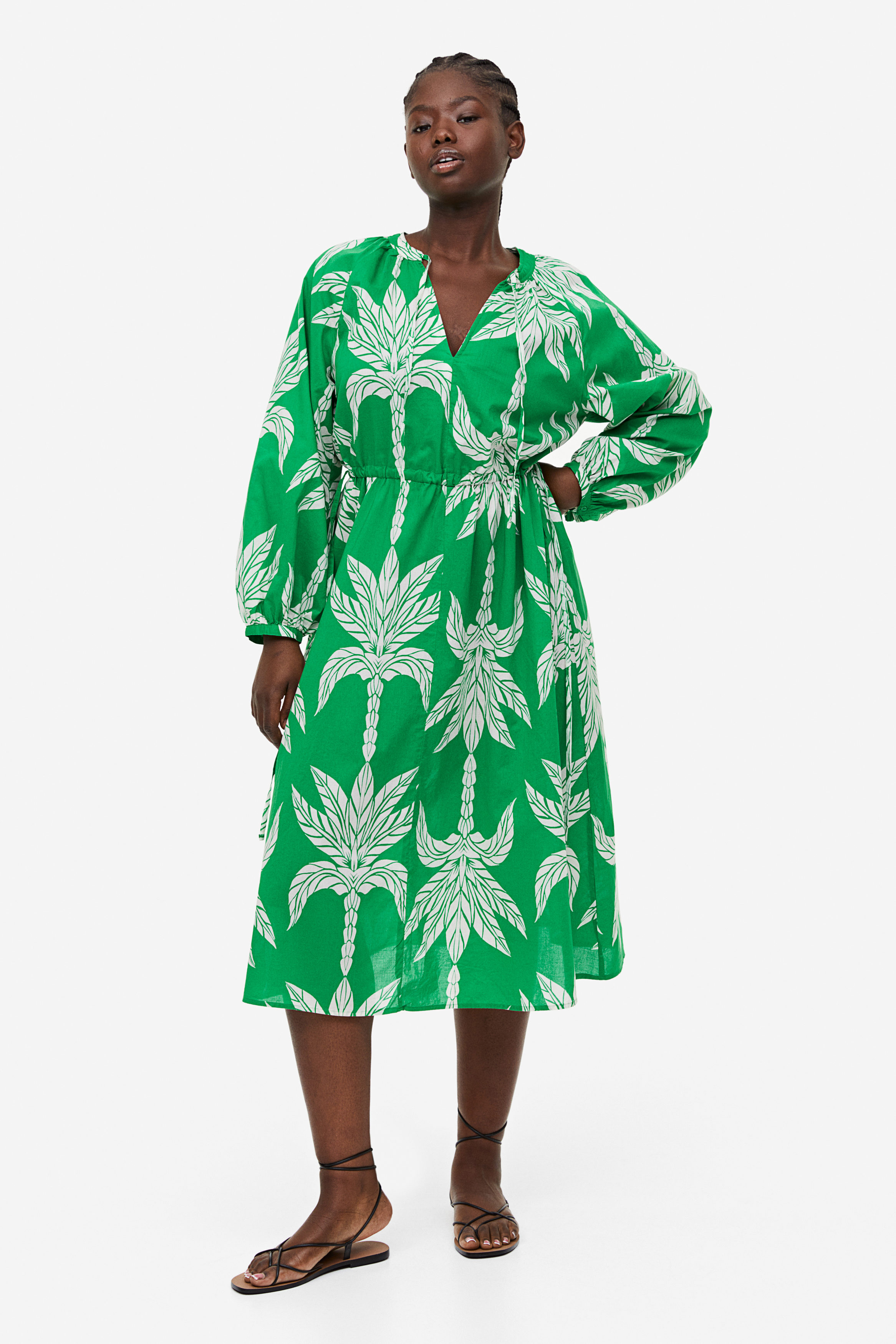The Symbolic Significance of the Tie: From Utility to Fashion Statement
The tie is a ubiquitous feature in both business and fashion circles, carrying both symbolic and practical significance. Originating as a practical piece of clothing to keep the neck warm, it has since transformed into a fashion statement that showcases an individual's personality and style. The tie's evolution reflects broader social and cultural changes, with its design, color, and pattern conveying complex messages about power, authority, and identity. From the subtle hues of a simple silk tie to the bold patterns of a furry cravat, the tie has become a powerful symbol of individual expression and social status.
In today's world, the tie is much more than just a piece of clothing. It has come to symbolize power, status, and even sexuality. But where did it all start?
The tie's history can be traced back to the 17th century when it was first introduced as a practical piece of clothing for men. It was originally designed to keep a man's shirt collar in place and prevent it from getting dirty. However, as time went on, the tie transformed from being solely a utility item to becoming a fashion statement.
The transformation of the tie from utility to fashion statement can be attributed to several factors. Firstly, the industrial revolution gave rise to the production of ready-made ties, which made them more accessible to the general population. Secondly, the tie's design and color began to be associated with specific social groups or occupations. For example, a red tie might signify a member of the Communist Party, while a blue tie might be worn by a conservative businessman.

Today, the tie has become an integral part of both business and social attire. It is seen as a symbol of authority and respectability in many cultures. In the business world, the tie is often seen as a necessary accessory for formal occasions such as meetings or conferences. In social settings, the tie can be used to show one's personality or even political leanings.
The tie's transformation from utility item to fashion statement has not been without controversy. Some critics argue that the tie is an unnecessary piece of clothing that restricts men's freedom and mobility. Others see it as a symbol of oppression and inequality between men and women. However, these criticisms overlook the fact that the tie can also be seen as a symbol of authority and respectability.
The future of the tie is uncertain, but it remains to be seen whether it will continue to be seen as a symbol of power and status or fall by the wayside as society becomes more focused on individual expression and freedom. In the meantime, the tie will continue to evolve and adapt to changing social norms and fashion trends. For example, it may become more common for women to wear ties in corporate environments as a way of expressing their individuality while still maintaining a professional appearance.

In conclusion, the tie is much more than just a piece of clothing. It has come to symbolize power, status, and even sexuality through its transformation from utility item to fashion statement. Its symbolic significance is reflected in its history, design, and color, which have all contributed to its status as a powerful visual representation of both individual and group identity. While its future remains uncertain, it is clear that the tie will continue to evolve and adapt to changing social norms and fashion trends.
Articles related to the knowledge points of this article::
How to Tie a False Collar for Primary School Students - Illustrated Guide
Title: Embracing Elegance: A Striking Portrait of Wide Silk Ties in Plaid Patterns



